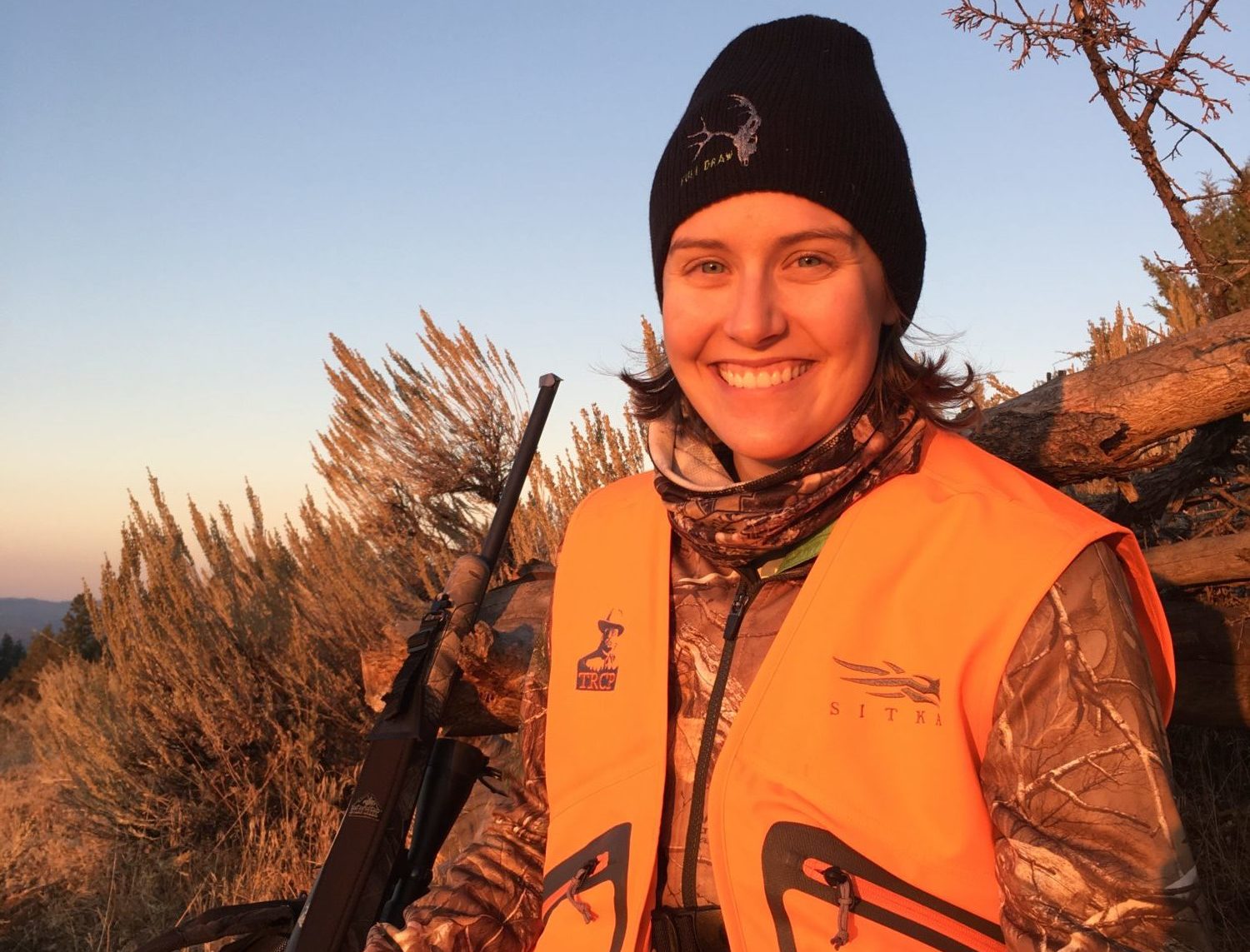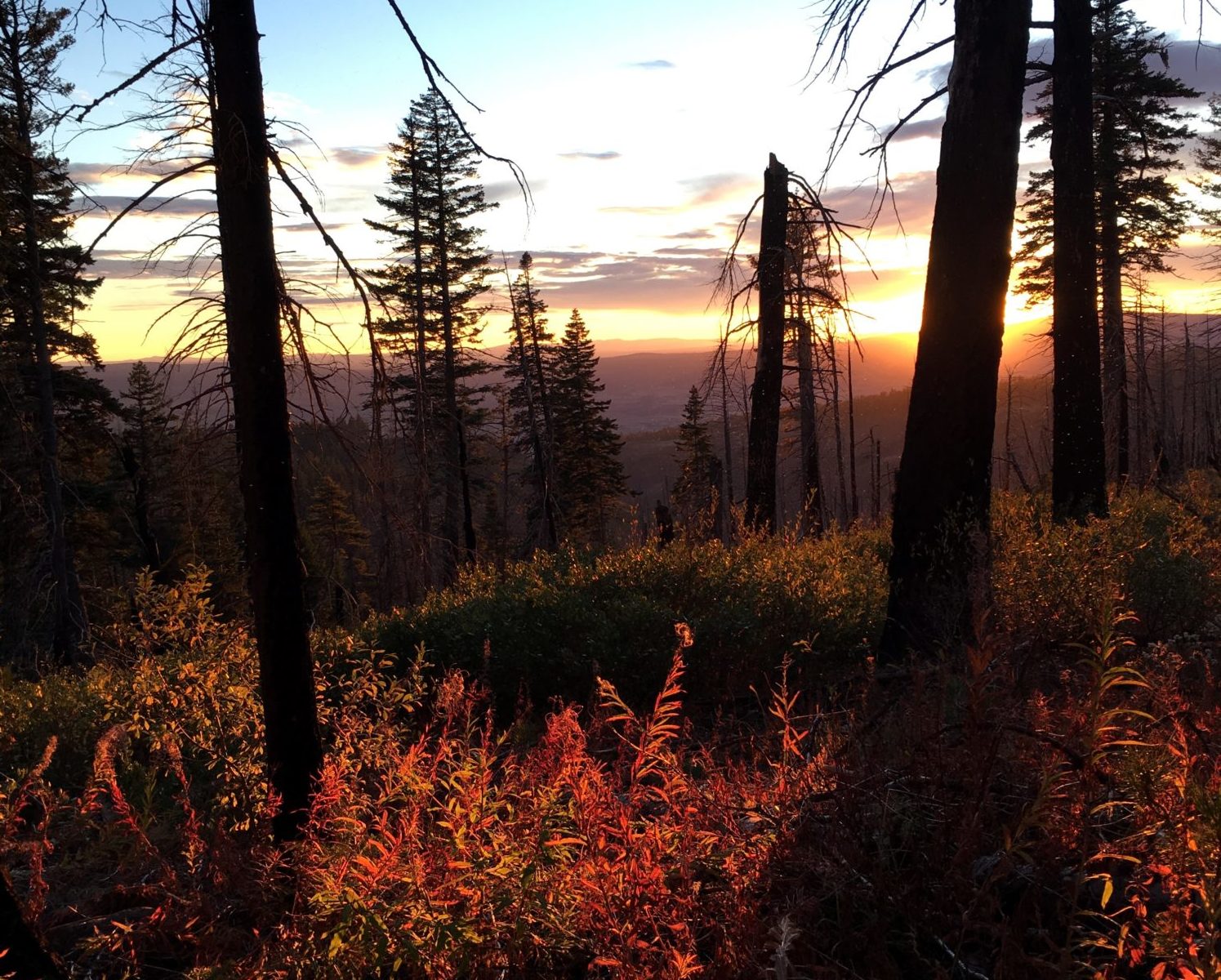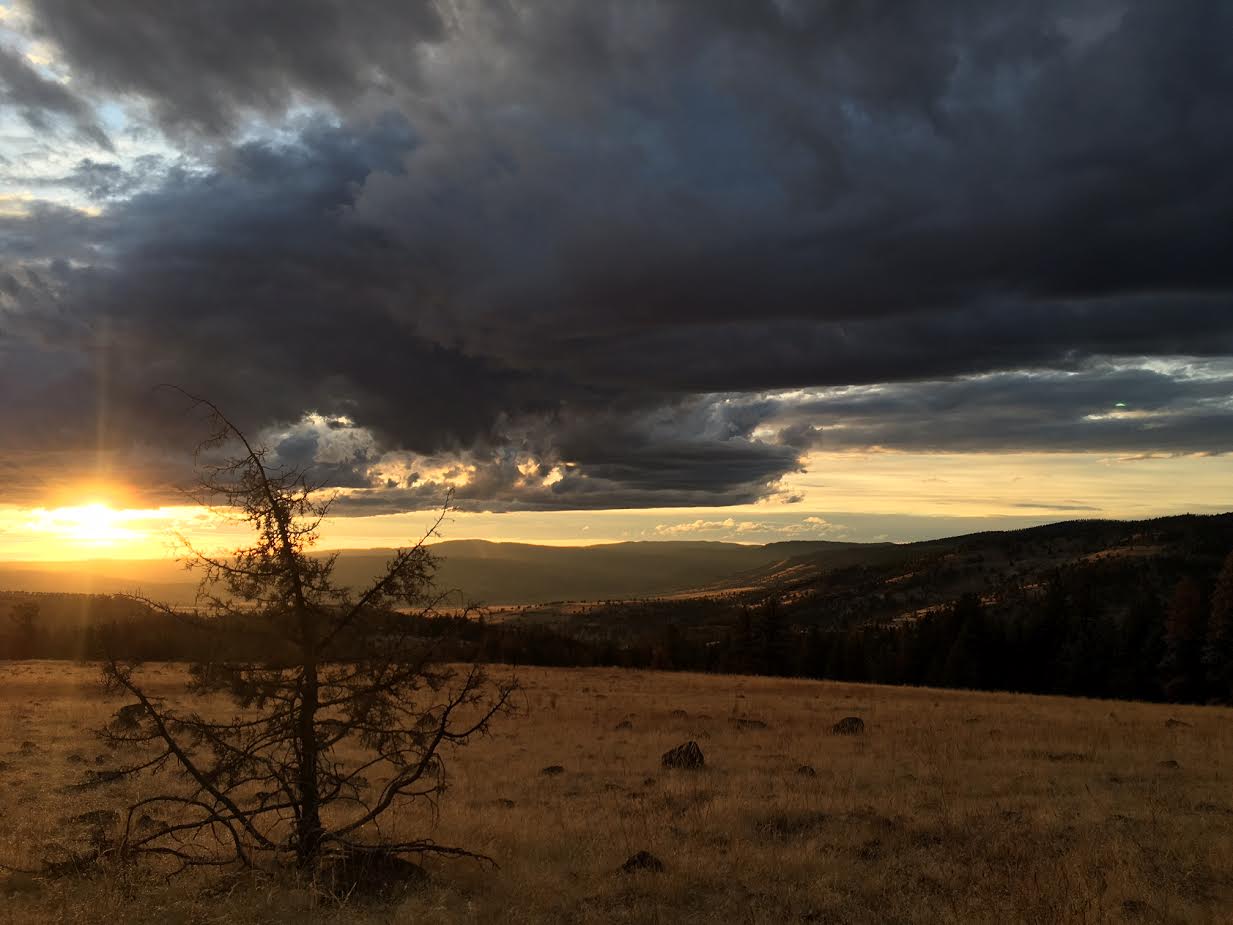Lessons from a youth hunt in the public lands around Oregon’s Elliott State Forest have a major impact on father and son, but opportunities like this are at risk
The subtle click of the safety disengaging made my heart race. Every emotion, logical thought, and sense focused like a laser to the moment. To say I was a nervous wreck was an understatement.
Chase was a lot calmer than I was. He’d already passed on a shot that he said didn’t feel right, but it was clear he’d made up his mind about this plump little forked horn buck standing across the cut, just east of the Elliott State Forest. As a dad, I prayed for a clean shot, as I have personally experienced the ramifications of a poor one and hoped Chase wouldn’t have to go through that with his first youth tag. But I could almost taste the backstrap, too, so I struggled to keep my cool.
I heard the crack of the .270 and watched the buck fall in its tracks. Emotions poured out of both of us, and a sacred bond had been made between father and son. Chase and I were now of the same make, the same tribe.
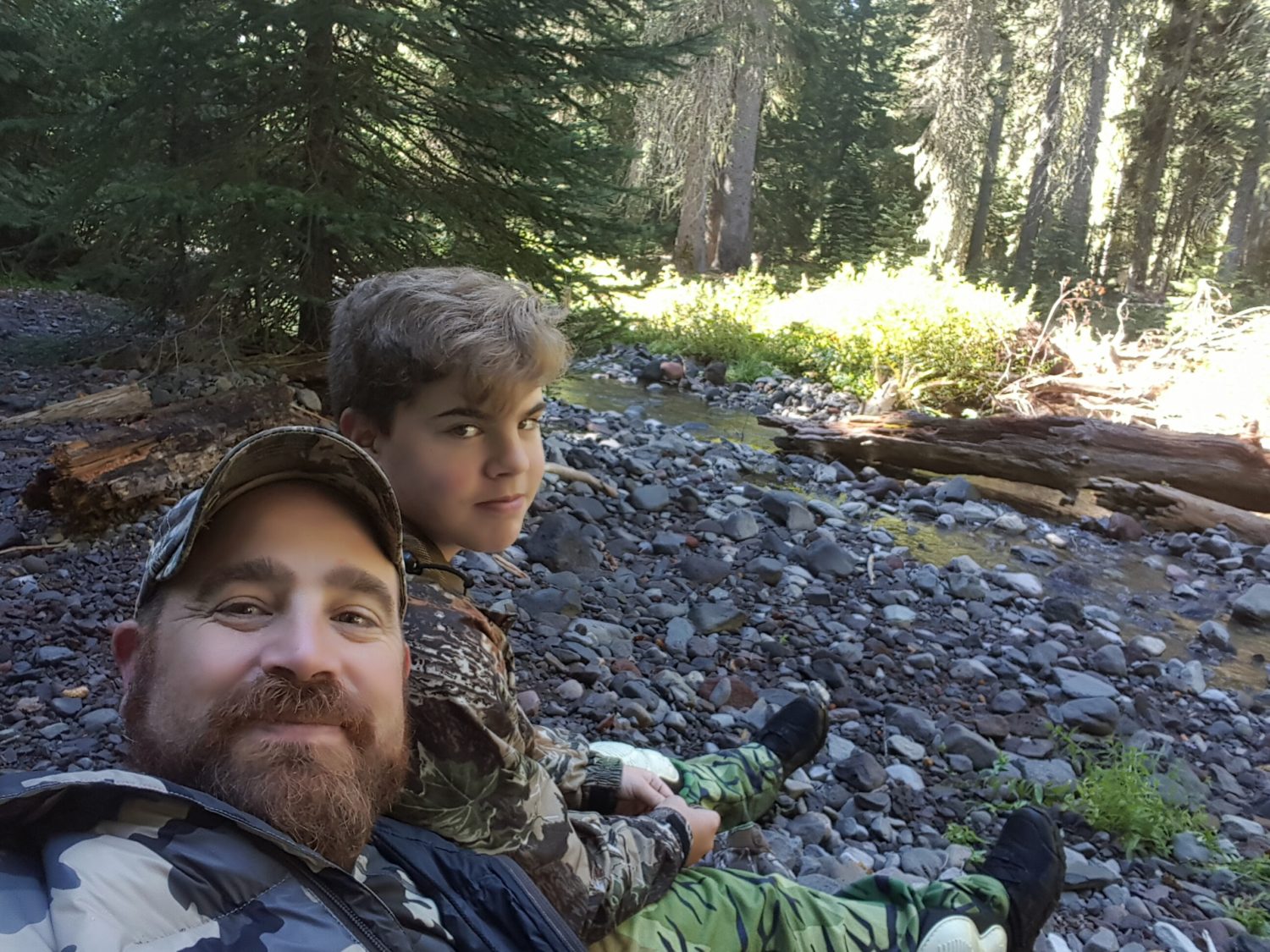
This story plays out for families across the U.S. every year. Young men and women learn lessons that only the realities of the outdoors can teach: Patience, perseverance, responsibility, success, and disappointment are what this lifestyle is all about. Such lessons can only be taught outdoors, but our classrooms—our public lands—are under the threat of being locked up.
There is a big push in the West for states to obtain the federal lands within their borders. On the surface, this might seem like a good idea, but state governments have a long track record of selling off land to meet budget shortfalls.
This issue is very personal to me here in Oregon, where the sale of the Elliott State Forest has been playing out at the expense of taxpayers for years. That sale appears to be tabled for the moment, as our governor has asked to explore ways to keep the lands public, or at least to make a private sale more appealing to the public. But, at one point, there was a long list of buyers, topped by some private companies known for closing public hunting and fishing access. That’s how state ownership goes.
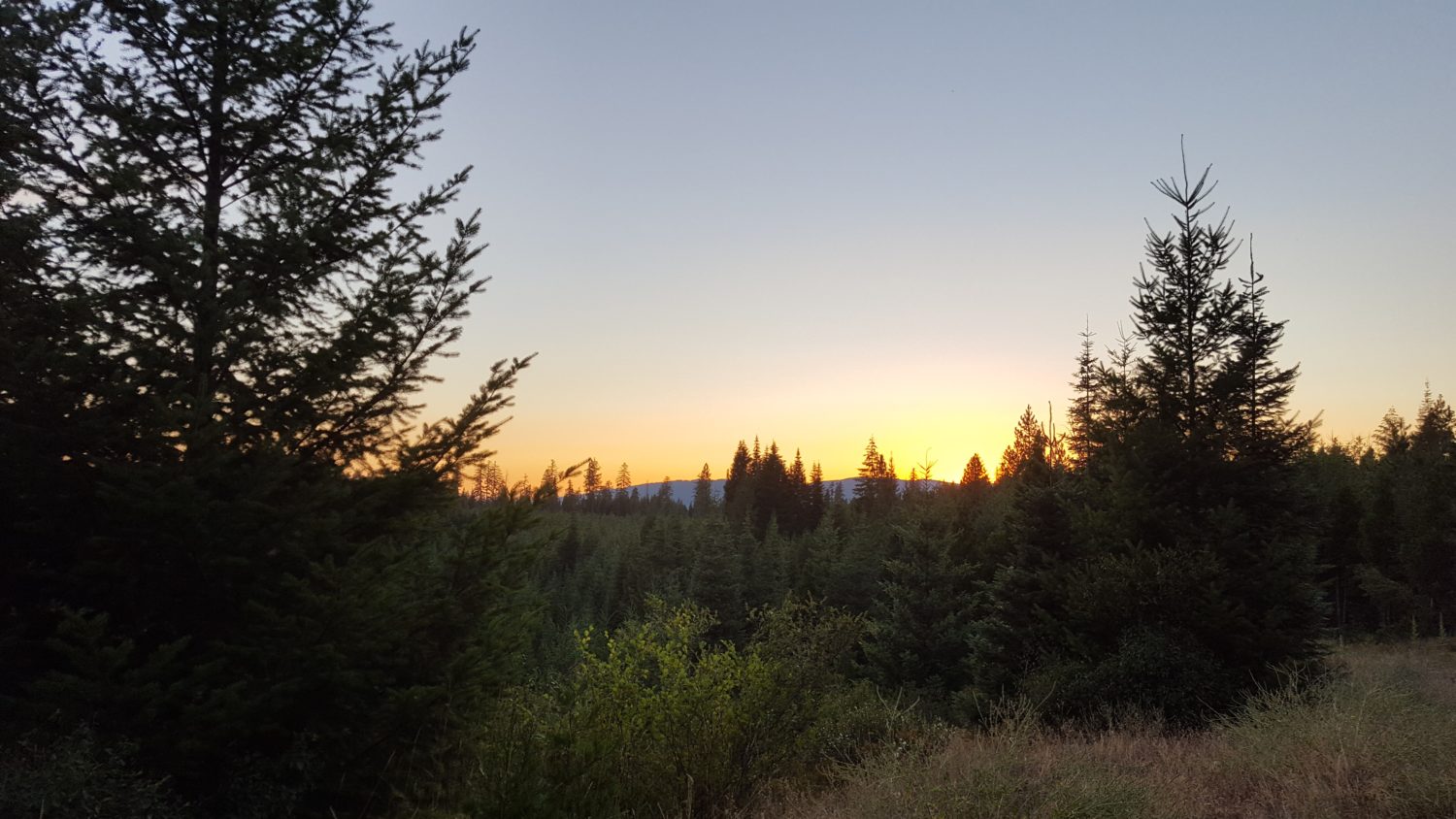
Outdoorsmen—and our sons and daughters—stand to lose much more than access if our national public lands are handed over to the states, which have a mandate to make revenue off these lands. Our outdoor heritage depends on the wild places where it can be lived out.
As a volunteer TRCP Ambassador here in Oregon, I’m willing to fight to protect our heritage. If you’d like to join me in safeguarding our public lands, so kids like my son Chase can grow into confident, resilient, conservation-minded hunters, sign the petition at sportsmensaccess.org.
Nate Bailey is TRCP’s volunteer ambassador in Oregon. When he isn’t exploring the wild public places of southern Oregon, you can find him guiding clients down the Rogue and Williamson rivers. See what makes him #publiclandsproud by following his adventures on Instagram at @southern_oregon_outdoorz.

